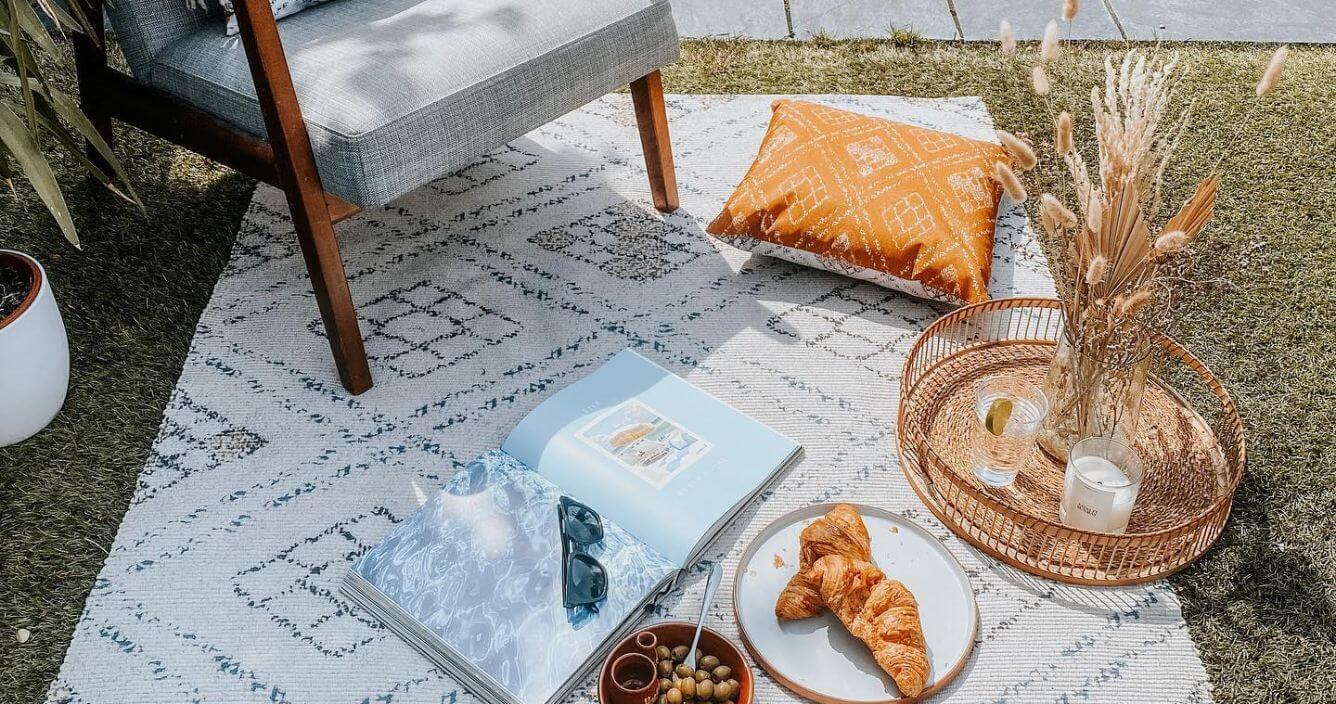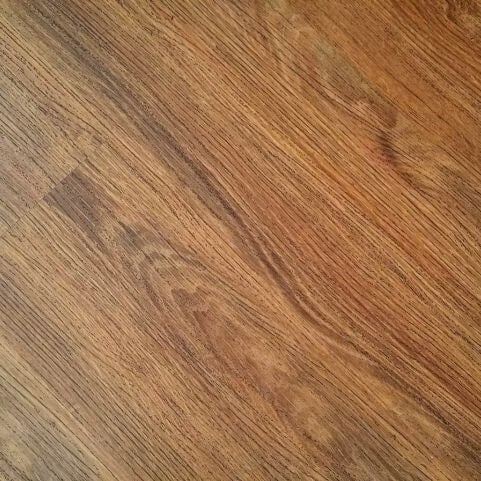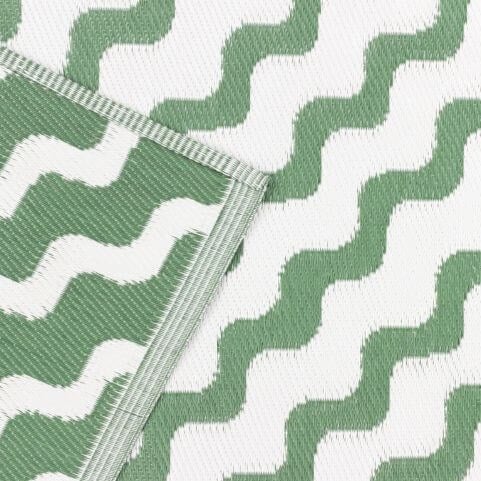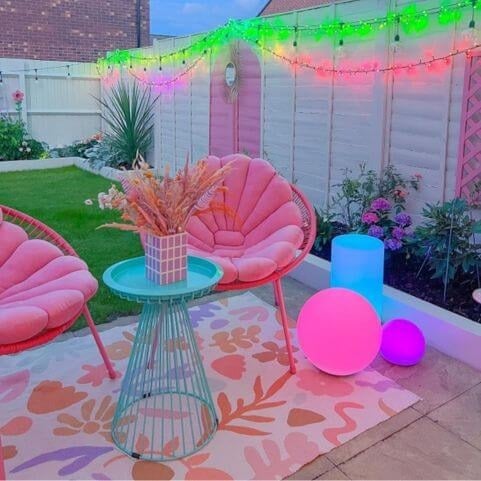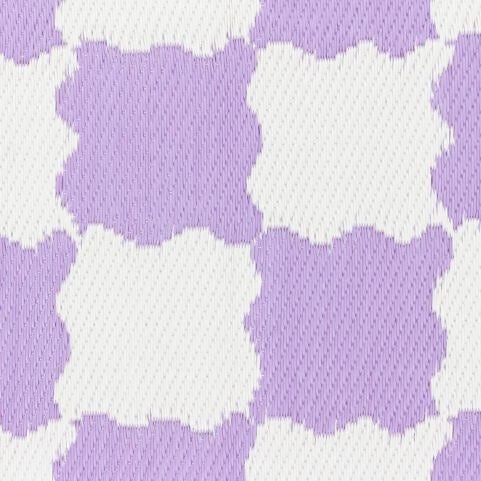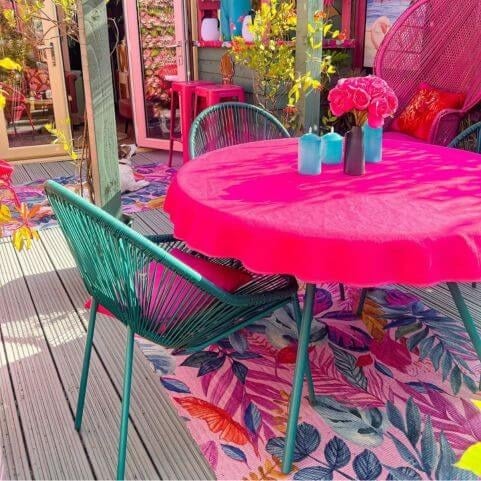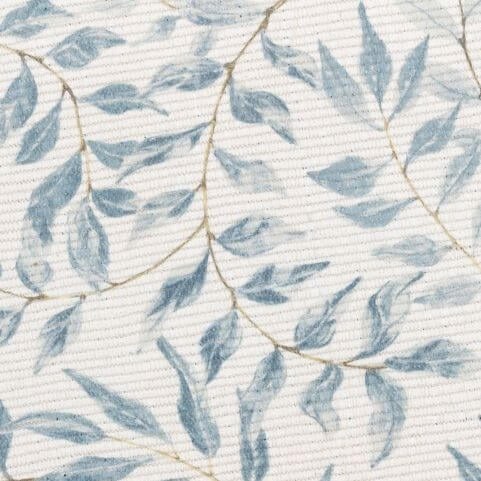We’ve gone beneath every surface to find out where exactly you can use your garden rug.
Everybody loves a good outdoor rug. Durable, foot-friendly and a stylish finishing touch for any open-air space – they’re certified garden essentials. Pretty much every outdoor space can benefit from the addition of a rug, so why are some of us afraid to take the leap?
Why, we’re worried about our precious outdoor surfaces, of course! It’s tough to know where exactly you can use an outdoor rug – and the fear of scratching, staining or moisture damage is enough to turn anyone off. But worry no more. From grass to gravel, wood decks to concrete patios, dirt and indoor floors – we’re going deep beneath every home surface, and giving you expert advice on where exactly your garden rug can be used.
Let’s start with a simple one: can you use an outdoor rug inside? Of course you can! Outdoor rugs are highly durable, easy to clean and a stylish addition both indoors and out – so there’s no reason why you can’t pop one in your living room, hallway, or any other interior space.
Because of their water-resistant qualities, outdoor rugs work great in bathrooms, kitchens or laundry rooms where moisture is a regular feature.
Damp clothes or splashes from the sink are no match for a waterproof outdoor rug, and their natural stain resistance makes them an ideal choice for kids’ rooms, too.
Keep in mind that bathroom and kitchen floors often become wet, so we recommend investing in a rug pad or gripper to avoid potential slips.
If you’re placing an outdoor rug somewhere with heavy footfall like an entrance hall, always make sure to rotate and surface-clean on a regular basis.
While a concrete patio or balcony has lots of benefits - it's easy to look after, it's durable and can last a long time - it can also look a little soul-less. That's where an outdoor rug comes in. You can instantly inject colour, pattern and texture into your outdoor space with a quick swish of a wrist. But is it okay to put an outdoor rug on a concrete patio?
We get it - you've probably spent a pretty penny on your patio, so it's only natural to be concerned about damaging it in any way, and causing damage to your rug isn't ideal either! But luckily, the answer is yes, you can absolutely put an outdoor rug on a concrete patio.
If your outdoor rug is made from a durable material like polypropylene or a tough polyester weave, however, you don’t need to worry about it causing damage to your patio, or vice versa. An outdoor rug can even protect your concrete surface from stains and spills, perfect if you've got kids.
The only danger is that your patio and rug may absorb some moisture over time. Concrete is a porous material, and water-resistant outdoor rugs can still absorb moisture if left in heavy rain for extended periods. This can cause a layer of moisture to develop between your rug and patio, which can discolour or darken the concrete over time.
The best way to prevent this is covering your patio with a layer of concrete sealant – just make sure your patio is clean and dry, then apply a thin coat.
As both polypropylene patio rugs and concrete are smooth surfaces, there’s also the risk of slipping or unwanted movement. This is an easy fix, and there are plenty of rug pads and grippers on the market that will keep your rug firmly in place.
If you need a quick solution, there’s always the option of simply weighing down your rug with heavy outdoor furniture.
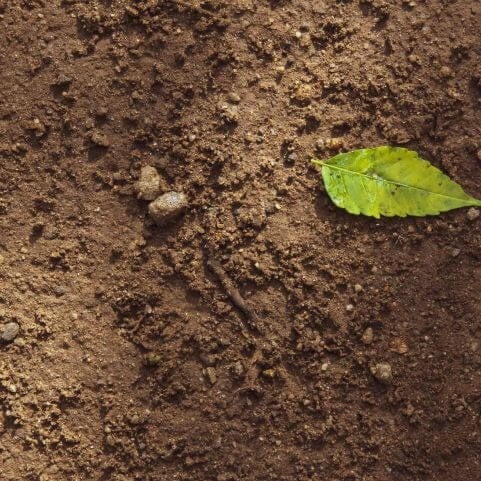
Technically, you can put your outdoor rug on dirt, yes. And there are some good reasons for placing an outdoor rug on a dirt surface. Maybe your furry friend has been busy digging for bones, or you’ve plucked a nasty patch of weeds and want to limit their chances of returning.
However, while garden rugs are generally durable enough to be used anywhere, some surfaces – dirt being one – are still less than favourable. It will get dirty very quickly, it'll absorb moisture and it'll likely be a trip hazard.
If you must use your outdoor rug on a dirt surface, we recommend placing a protective barrier between them. A synthetic rug pad is your best option, as this will prevent direct contact with the dirt.
The synthetic material will also stop moisture and mould from developing between the rug and dirt, saving you a lot of cleaning-related hassle in the long run.
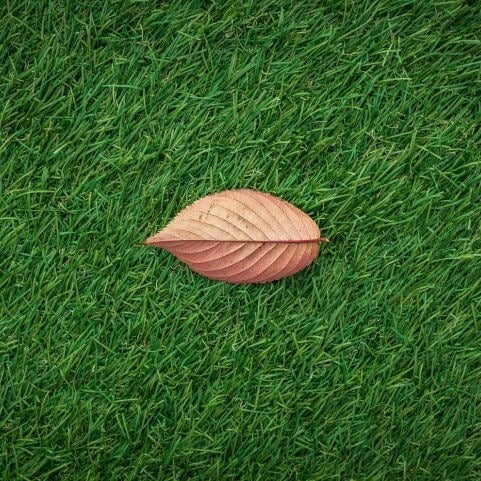
While water-resistant outdoor rugs have no trouble handling a picnic in the park or an evening on the lawn, they should not be left on grass surfaces for extended periods of time.
Grass is a living organism, and needs plenty of sunlight, water and fresh air to stay healthy. Rolling out a rug will separate your grass from everything it needs to live, leaving you with an unsightly dead or damaged patch over time.
As grass is generally rich in moisture, you’re also running the risk of water damage. Leaving your garden rug on wet grass for long stretches will eventually cause moisture to build up between the two surface.
This will make your rug a breeding ground for mould if it’s not removed and dried regularly. Rug pads and grippers don’t work particularly well on grass either, so slips become a likely outcome.
Wooden decks are one of the most popular locations for outdoor rugs, and for good reason. A rug can actually protect wooden surfaces from rain, sun and general footfall, so spreading one over your deck is a great option.
If your deck has large gaps between the panels, the flow of air can help your rug to dry quicker, slowing the effects of moisture damage.
While garden rugs are naturally quick to dry and a deck surface can aid this, you’ll still need to leave it dry completely from time to time. If your rug gets caught in a heavy downpour, hanging it to dry will prevent both your deck and rug from becoming water-damaged.
If you’re worried about slipping and sliding, a rug pad or gripper will keep your deck rug securely in place.
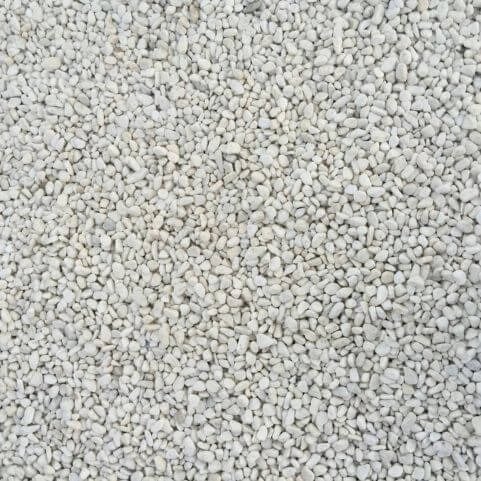
Not all outdoor surfaces are smooth and simple to work with – so how do you go about placing a garden rug on gravel? Generally, we recommend avoiding this.
Gravel is a coarse, uneven surface, and rolling out a comfortable rug won’t do much to improve it. Placing an outdoor rug over large stones will inevitably cause discomfort, and potential damage or tearing over time.
Outdoor rugs make gravel more foot-friendly, stylish and can even help with weeds – but this only applies to smaller types like pea gravel. With larger coarse stones, there’s always the risk of damaging your rug – or worse, causing injury.
If you’re determined to pop a rug on a gravel surface, use a rug pad, a layer of EVA foam or some other protective barrier to minimise the risk of damage.
And that just about covers it! You’ll now know exactly where you should – and more importantly, shouldn’t – place an outdoor rug. The most important thing to remember is that any rug, no matter how well-designed, will eventually take on damage. But with thorough drying, careful use and weekly surface cleaning, you can keep your rug (and your precious outdoor surfaces!) looking their best for many summers to come.
Caught the rug bug? Ready to enroll yourself full-time? Swing by our inspiration blog for an introduction to the collection, or learn everything you need to know about outdoor rugs with our all-in-one guide.
